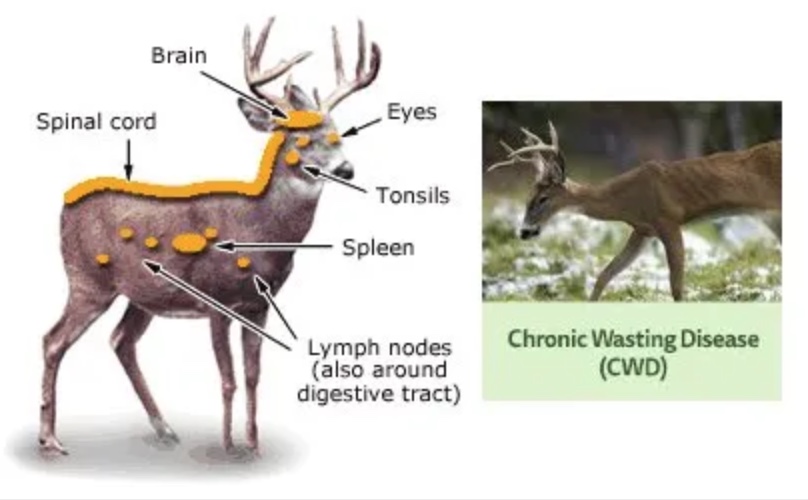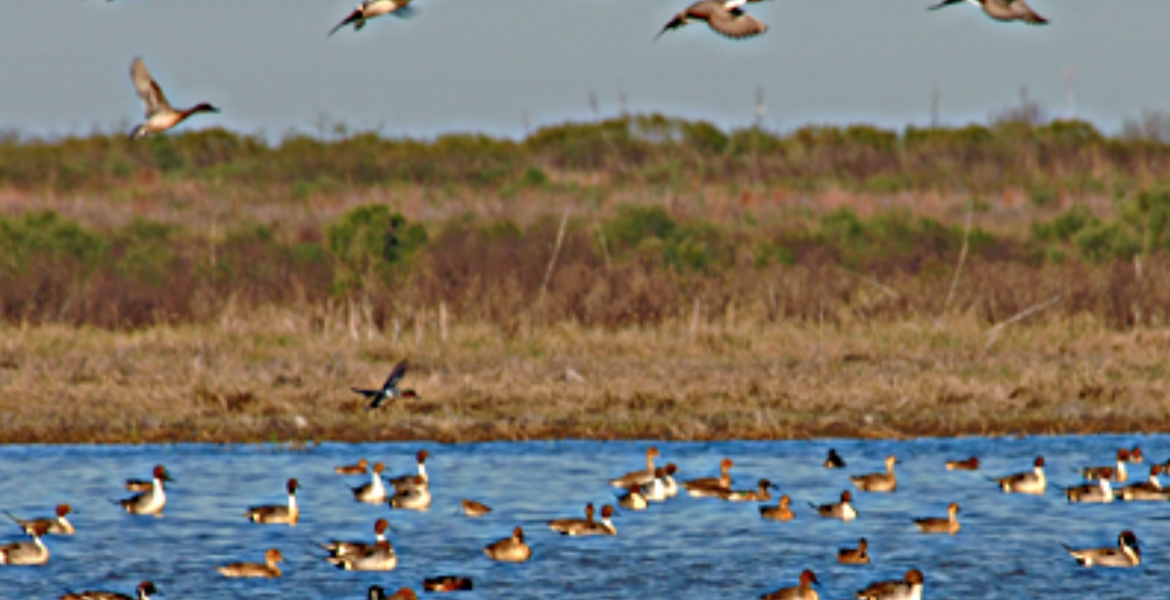AUSTIN —Texas Parks and Wildlife Commission will consider proposed Chronic Wasting Disease (CWD) surveillance and containment zones during its upcoming meeting, Aug. 24-25.
If passed, these zones would enhance efforts to monitor and contain CWD in portions of Bandera, Duval, Jim Wells, Kimble, Live Oak, McMullen, Medina and Uvalde counties ahead of the upcoming hunting season.
As of July 2022, 371 captive or free-ranging cervids — including white-tailed deer, mule deer, red deer and elk — in 14 Texas counties have tested positive for CWD. First recognized in 1967 in captive mule deer in Colorado, CWD has since been documented in captive and/or free-ranging deer in 30 states and three Canadian provinces.
The proposal for commissioners includes creating a containment zone and extending the existing surveillance zone in Kimble County, extending an existing containment zone in Bandera, Medina and Uvalde counties and creating a surveillance zone in portions of Duval County, Jim Wells, Live Oak and McMullen counties. Containment zones are used in areas where CWD is known to exist, while surveillance zones cover areas at high risk for CWD.
The requirements for hunters are the same for both zones and consist of mandatory sampling of harvested deer and a restriction on moving whole carcasses out of the zones. This means animals must be quartered before leaving the zone and brought to a Texas Parks and Wildlife Department (TPWD) check station within 48 hours of harvest.
Below are summaries of the proposal:
- Bandera, Medina and Uvalde Counties- Extension of containment zone three due to the discovery of CWD in the northern and southern part of the zone, to include all land within five miles of a CWD-positive case in native free-ranging deer.
- Duval, Jim Wells, Live Oak, and McMullen Counties- Creation of a surveillance zone that includes all land between U.S. Highway 281 to the east, State Highway 44 to the south, U.S. Highway 59 to the west and Farm to Market Road 624 to the north. This would include the city of Alice in the southeast corner and Freer in the southwest corner to allow hunters to take whole carcasses to processing facilities. This new zone is proposed after detection in 2021 of CWD in a deer breeding facility.
- Kimble County- Creation of a containment zone due to the detection of CWD in a deer breeding facility and adjacent release site in 2020 and 2022, respectively, to include all land within two miles of the perimeter of the release site where CWD was detected. There is also a proposed expansion of the surveillance zone which will include the city of Junction to allow hunters to take whole carcasses to processing facilities.
Testing for CWD allows wildlife biologists to get a clearer picture of the presence of the disease statewide. Proactively monitoring for CWD can greatly reduce the risk of the disease spreading to neighboring captive and free-ranging deer populations.
Hunters outside of established surveillance and containment zones are encouraged to voluntarily submit their harvest for testing at a check station for free before heading home from the field. A map of TPWD check stations can be found on the TPWD website.
CWD is a fatal neurological disease found in certain cervids, including deer, elk, moose and other members of the deer family. The disease is highly contagious, never goes dormant and can remain infectious on the landscape for several years. If left unmanaged, CWD can have catastrophic, long-term impacts on the native deer herd and local economies. Symptoms may not become evident until long after animals have become infected, so testing is the best tool available for detecting CWD at the earliest stage of infection possible and containing it with appropriate management strategies. Clinical signs may include progressive weight loss, stumbling or tremors with a lack of coordination, excessive thirst, salivation or urination, loss of appetite, teeth grinding, abnormal head posture and/or drooping ears.
To date there is no evidence that CWD poses a risk to humans or non-cervids. However, as a precaution, the U.S. Centers for Disease Control and the World Health Organization recommend against consuming meat from infected animals.
For more information about CWD, visit the TPWD web site or the TAHC web site.

Chronic Wasting Disease in Deer (Contributed/TimRGoodwin)
Subscribe to the LIVE! Daily
Required






Post a comment to this article here: